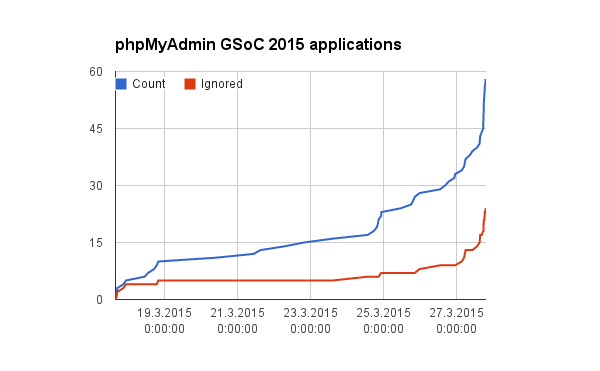Weblate 2.3 has been released today. It comes with better features for project owners, better file formats support and more configuration options for users.
Full list of changes for 2.3:
- Dropped support for Django 1.6 and South migrations.
- Support for adding new translations when using Java Property files
- Allow to accept suggestion without editing.
- Improved support for Google OAuth2.
- Added support for Microsoft .resx files.
- Tuned default robots.txt to disallow big crawling of translations.
- Simplified workflow for accepting suggestions.
- Added project owners who always receive important notifications.
- Allow to disable editing of monolingual template.
- More detailed repository status view.
- Direct link for editing template when changing translation.
- Allow to add more permissions to project owners.
- Allow to show secondary language in zen mode.
- Support for hiding source string in favor of secondary language.
You can find more information about Weblate on http://weblate.org, the code is hosted on Github. If you are curious how it looks, you can try it out on demo server. You can login there with demo account using demo password or register your own user.
Weblate is also being used https://hosted.weblate.org/ as official translating service for phpMyAdmin, Gammu, Weblate itself and other projects.
If you are free software project which would like to use Weblate, I'm happy to help you with set up or even host Weblate for you.
Further development of Weblate would not be possible without people providing donations, thanks to everybody who have helped so far!
PS: The roadmap for next release is just being prepared, you can influence this by expressing support for individual issues either by comments or by providing bounty for them.
















